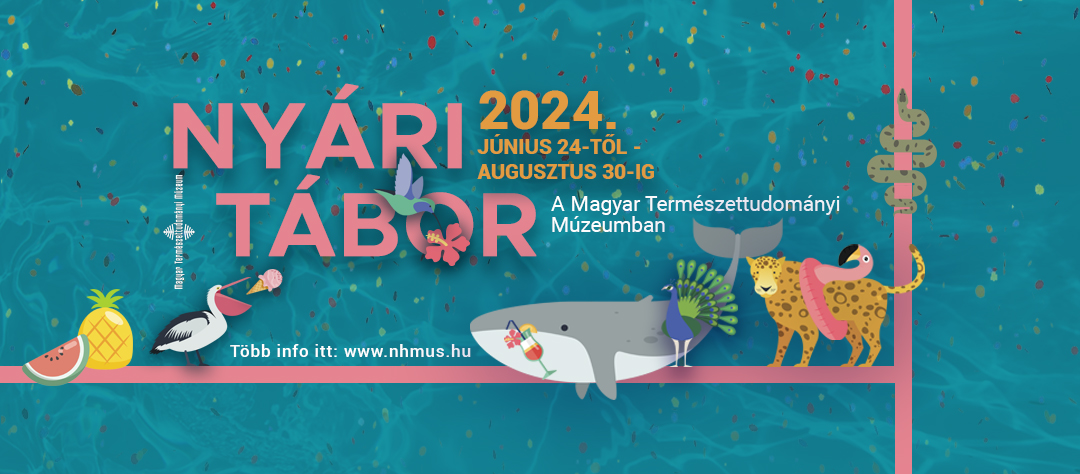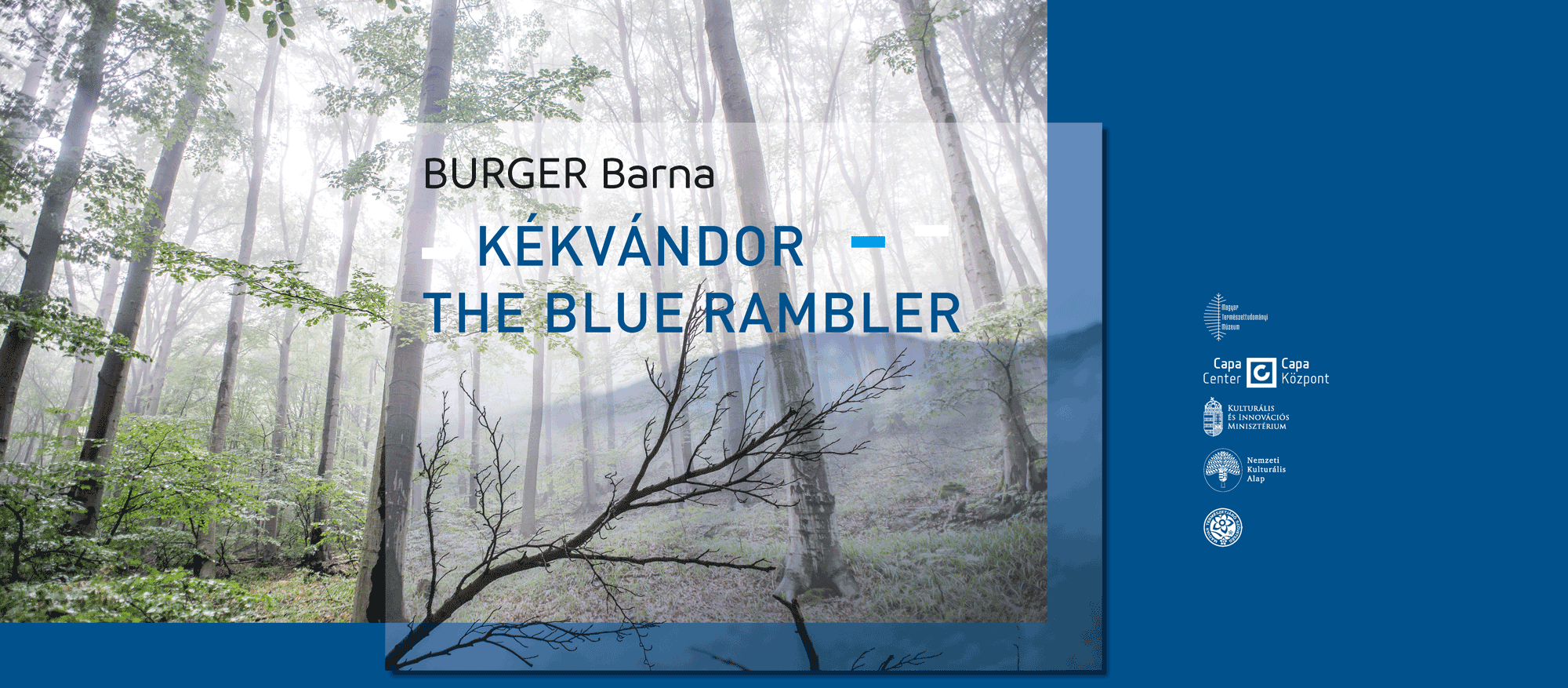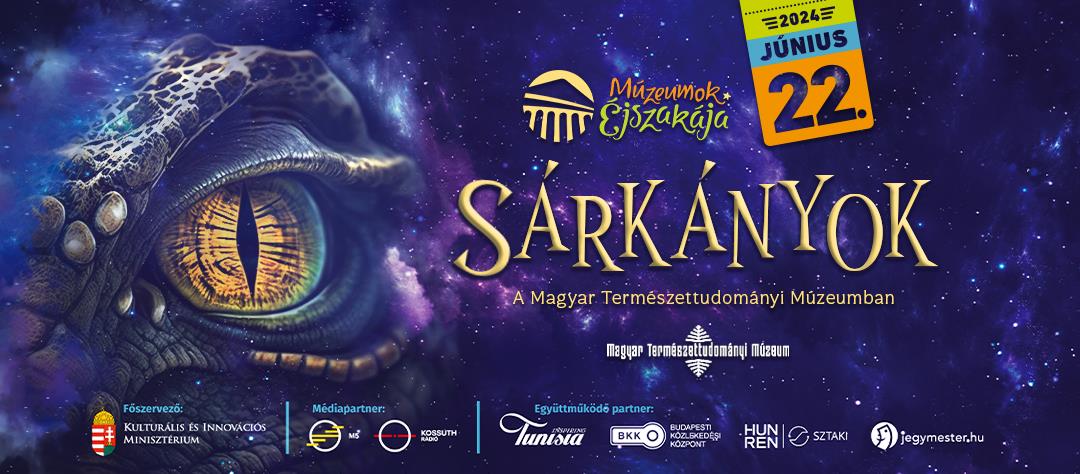The fascinating richness of its flora and fauna as well as the large amount of endemic species make the Balkan Peninsula one of the top biodiversity hotspots on Earth. In groups of limited active dispersal ability and/or in groups connected to mosaically occurring specific habitat types we can find endemic species in especially high proportion. Due to the large coverage of limestone as base-rock, karst-related edaphic and subterranean fauna is uniquely rich.
Next to geology and topographical features the past two and a half million years’ historical events played a key role in the development of such a high biological diversity. During the Pleistocene, most of the Balkans, similarly two the Iberian- and Appennine Peninsulas, stayed free of glaciation. Therefore, this area served as an important refugial area for the European fauna and flora in the cold periods of the Ice Age and as a source for inter- and postglacial re-colonizations.
Being the main source area for the inter- and postglacial recolonizations of Central Europe, the Balkans is not simply an attractive research topic in itself. For Hungarian researchers it is a key to better understand the origin and development of the fauna- and flora of our own biogeographical region.
Therefore, the research of the Balkans’ nature has long tradition in Hungary, and this is still among our museum’s main research fields. In the past decades our colleagues spent over 5,000 days in the field, recorded numerous new faunistic and floristic data, discovered and described numerous new taxa, published hundreds of scientific publications. Since the 1990s particular emphasis is placed on Albania, which is the least explored country in the region.
Albánia flórája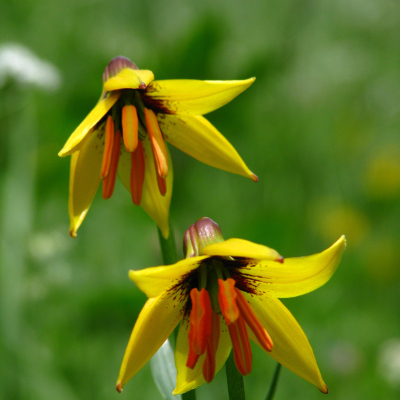 |
Albánia hegyei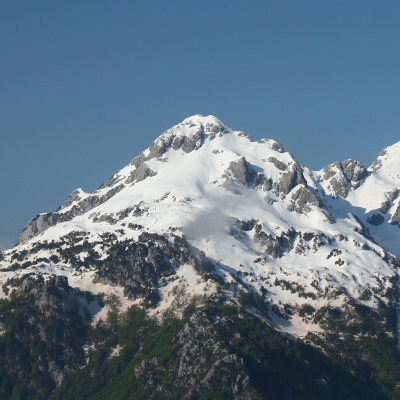 |
Galéria és linkek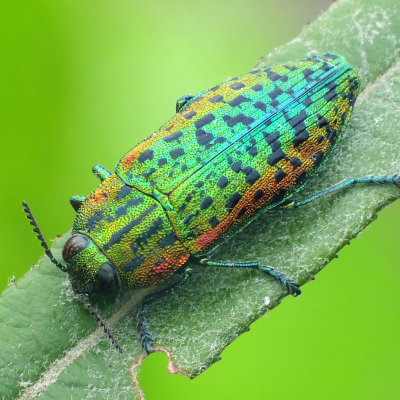 |

